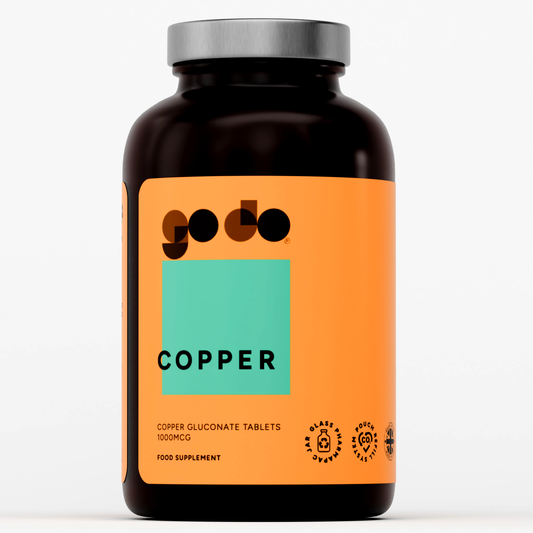Several factors should be taken into account when creating an exercise program to build muscle: frequency, volume weights or progressive overload. Frequency of Workouts: The majority of studies relating to skeletal muscle and systems indicate skeletal muscles need training two times weekly for their development and growth, ensuring that all major muscle groups are engaged. Generally, it is recommended that you exercise a couple of times a week. It can seem tempting to workout every day, but rest days are crucial in building muscle. Volume The ideal workout volume changes if your goal is strength or hypertrophy.
Benefits of Building Muscle Mass
Building lean muscle mass, is no mere aesthetic matter. Having the right diet will help with overall wellness. It can improve your body metabolism, increase muscle mass, and improve your posture. Explore how bulking is beneficial for your health.
Are free weights or machines better for gaining muscle?
Freeweight and resistance machines are both very good tools that are used to develop muscularity, but they do differ. Resistance machines follow a linear path making them perfect if you've recently started your own fitness training program. The fixed path of resistance training enables executing exercise easier as it does not require technical know-how and aids in keeping the appropriate muscles engaged, with minimal risk for injuries. This allows heavier weights to easily be lifted without causing any risk.
Do males and females grow muscle differently?
Several factors affect how quickly someone builds muscles. No matter how much biological sex is carried on muscles grow differently in different people. Both women and men can possess these shapes but each requires its own approaches to building the muscle tissue and body. They also include increased body mass, high testosterone, and tighter joints.

Strength training and aging
As the age of individuals increases the chances of skeletal injuries and limited mobility, including osteoporosies and osteoarthritis. But older people should try their best to follow the recommended exercise schedules. They must stay active in the most physical activity form of their limitations. Strength training can also help older people avoid injuries and help them recuperate.
Choose your exercises well
As mentioned previously, muscle building depends on muscle work. To get big biceps you have to do exercises that focus on your biceps. Typically this can be a simple bicep exercise like bicep curl or compound movement that utilizes the biceps. Similarly to compound and isolated exercises for muscle development, compound and isolated exercise is equally effective in causing muscle growth and muscle hypertrophy (Trusted Source).
Structure your workout to avoid overtraining
A good guideline is three sets of three or five compound moves, followed by 3 sets of one or two isolated movements / workouts. The heavier sets use commutated compound movements while performing higher repetitions for the isolation moves. In case you do three exercises per exercise, you should be limited to the total number of combined, compound, and isolated exercises for each exercise. It helps you maximize the overall power and flexibility in your training program while minimizing any symptoms resulting from excessive overtraining.
The Best Workout to Gain Muscle Mass
Focus on Compound Exercises:
Prioritize multi-joint movements that engage multiple muscle groups simultaneously. These exercises are most effective for building overall muscle mass:
- Squats (back squats, front squats)
- Deadlifts (conventional, sumo)
- Bench Press (barbell, dumbbell)
- Overhead Press (standing, seated)
- Pull-ups or Lat Pulldowns
- Rows (barbell, dumbbell, cable)
Implement Progressive Overload:
- Gradually increase the weight, reps, or sets to continually challenge your muscles and promote growth.
Optimize Training Volume:
- Aim for 10-20 sets per muscle group per week, spread across 2-4 sessions.
Rest and Recovery:
- Allow 48-72 hours between training the same muscle group to ensure proper recovery.
Sample Weekly Split:
- Monday: Lower Body (Squat focus)
- Tuesday: Upper Body (Push focus)
- Wednesday: Rest or light cardio
- Thursday: Lower Body (Deadlift focus)
- Friday: Upper Body (Pull focus)
- Saturday/Sunday: Rest or active recovery
Rep Ranges:
- Vary your rep ranges to target different aspects of muscle growth:
- 6-8 reps for strength and power
- 8-12 reps for hypertrophy (muscle growth)
- 12-15 reps for muscular endurance
Rest Periods:
- Allow 1-3 minutes between sets for optimal recovery and performance.
Proper Form:
- Focus on maintaining correct technique to maximize muscle engagement and prevent injuries.
Nutrition:
- Support your workouts with a balanced diet rich in protein, complex carbohydrates, and healthy fats.
Consistency:
- Stick to your program for at least 8-12 weeks to see significant results.
Remember to warm up properly before each workout and cool down afterwards. Adjust the program as needed based on your recovery and progress. Consider working with a certified personal trainer to ensure proper form and program design tailored to your specific needs and goals.

Meal Planning and Muscle Growth
Meal planning can change your body shape and increase your strength. Keeping your diet on track throughout the week helps keep you in optimum health. Adopting a structured way in which your meals will be prepared helps you consistently achieve your macro-nutritional targets.
Calories needed to gain muscle
If you want healthy weight and muscle gain without excess calories, you must consume a minimum of 400 to 300 calories daily. The amount of calories consumed at baseline is often determined through various factors. These underlying medical conditions can affect your body weight and body fat. You can get calorie consumption estimates online using the data provided in this calculator. Once the base cost of your diet is established, add 300 to your calorie intake.
How can I bulk up with ulcerative colitis?
Light and aerobic exercise also can be helpful in ulcers and colitis. For the development of muscle after colitis ulcers a person may perform strength-training exercises including bending or pushing.
The Power of a Balanced Diet
A nutrient-balanced diet helps to maximize and promote muscle growth and development. Try adding various types of foods to your meal. It helps the body to have many kinds of micronutrients. Micronutrients like vitamin C, minerals, and antioxidants are important for your body health in addition to boosting the muscle building process. Make sure you have plenty of healthy food in your fridge so you can burn calories and improve your performance for the day!
What exercises increase muscle mass?
Moving exercises like lifting weights squatting, pushing and lunging require nothing but movement and it's possible to do it anywhere. This can be improved using a resistance band. Once you start establishing your daily workout plan you may consider investing a workout ball.
How to gain muscle mass fast?
Increase the intensity of your aerobic exercise training rather than focusing on completing long sessions. Make sure you eat a healthy and balanced meal to increase muscle strength. Get some rest and let your body recover. Try some supplement to boost your power and endurance such as creatine and HMB.
Is 3 days a week enough to build muscle?
Although strength training can be beneficial to a body, you should not lift any weight every day. Generally two or three days a week are good doses to perform strength training.
Last words
Building muscle mass effectively requires a combination of targeted exercises, aerobic activity, proper nutrition, and adequate recovery. Remember, muscle growth is a gradual process that requires patience and dedication. Tailor your approach cardiovascular exercise to your individual needs and consult with a fitness professional or healthcare provider when starting a new exercise regimen.












